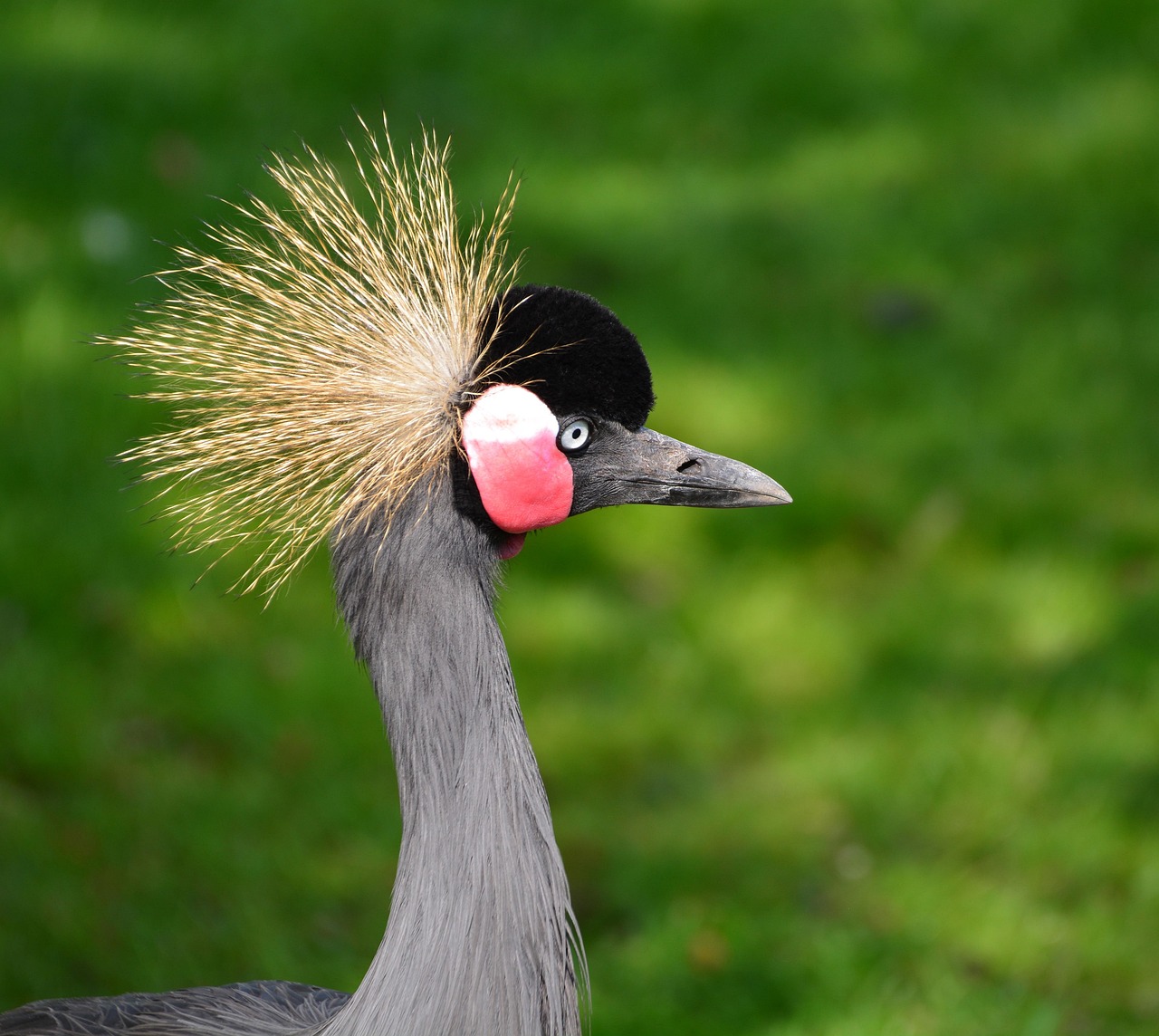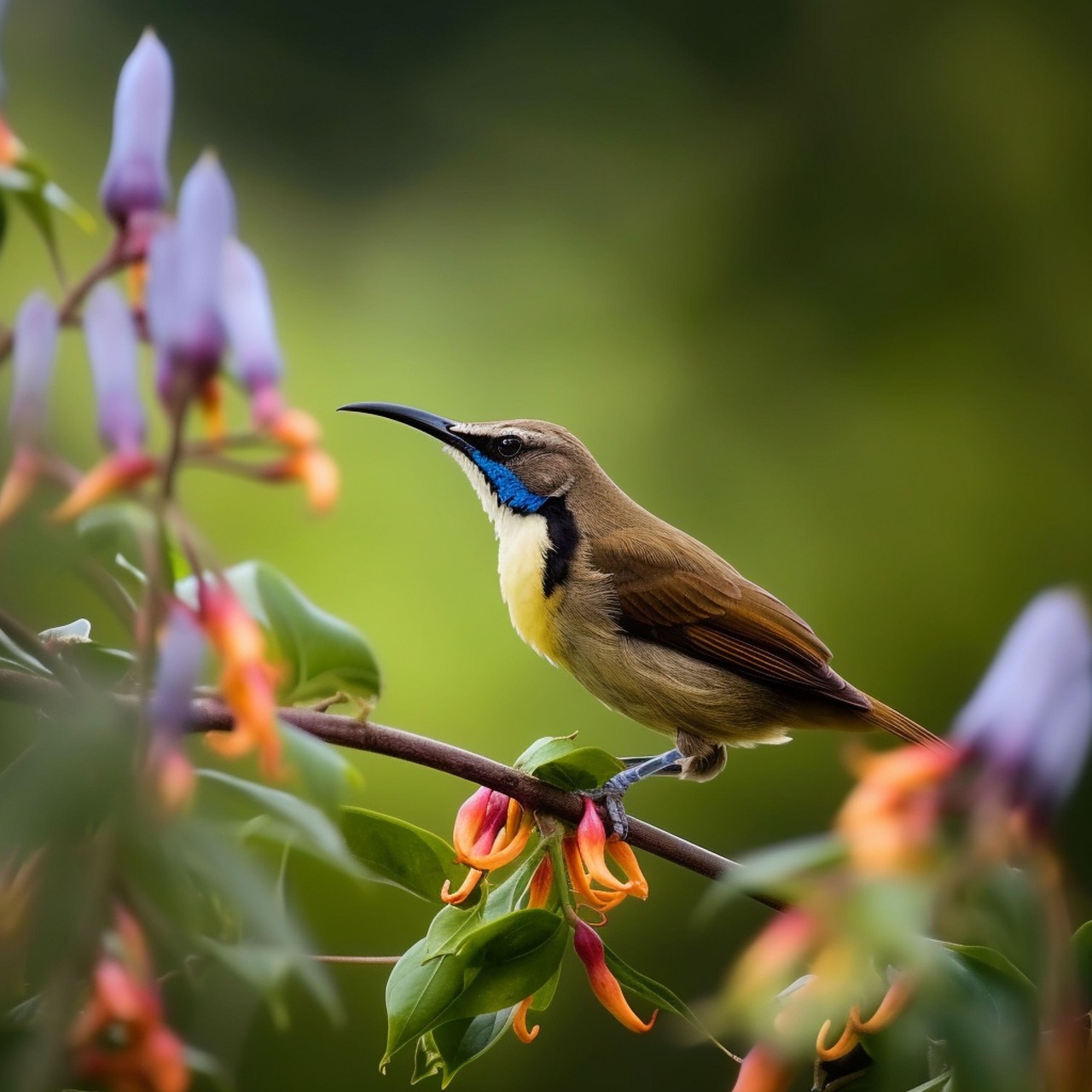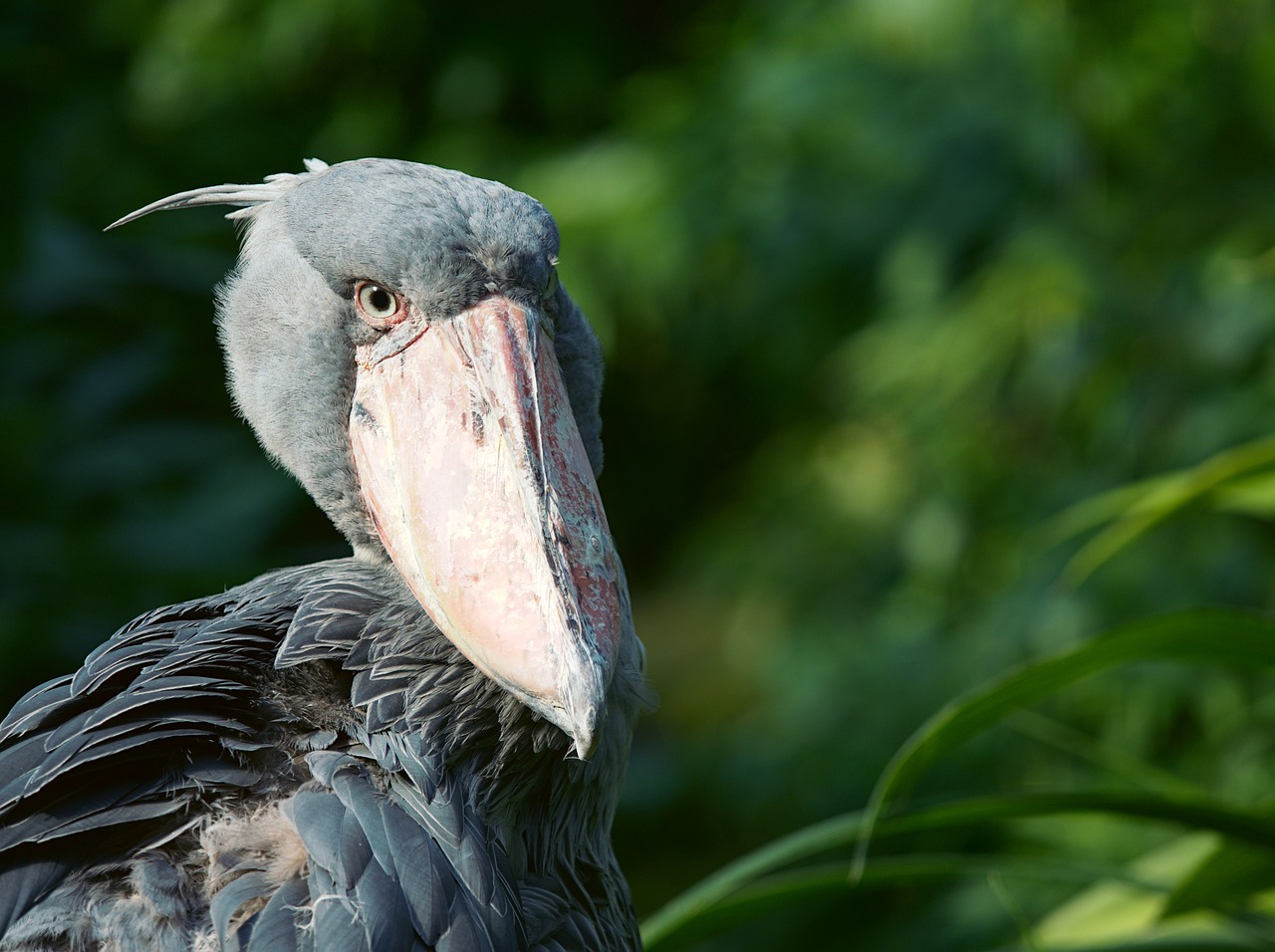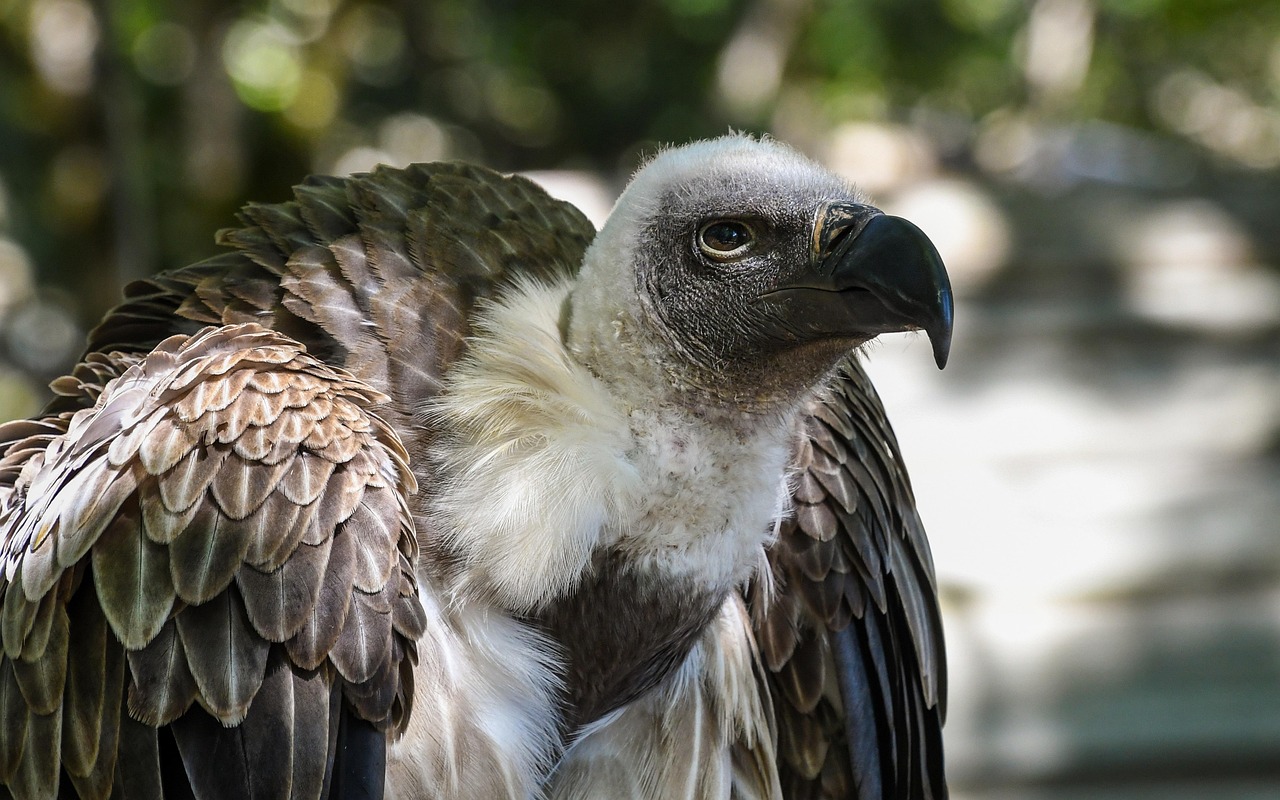Birding Safaris
Uganda is recognized globally as a premier destination for birding safaris, boasting an impressive checklist of over 1,080 recorded bird species—nearly 50% of Africa's total avian diversity. This remarkable concentration is due to the country's unique geographical position at the confluence of several ecological zones, including East African savannah, Central African rainforest, and the Albertine Rift montane forests.
A birding safari here offers an extraordinary journey through a variety of habitats, from the expansive wetlands of Mabamba, where the sought-after Shoebill Stork resides, to the dense tropical forests of Bwindi Impenetrable National Park, a haven for 24 highly localized Albertine Rift endemics like the African Green Broadbill and Grauer's Broadbill.

A Ugandan birding safari is not just about ticking off a species list; it is a rich, immersive adventure that often seamlessly combines ornithology with other world-class wildlife experiences. Key birding areas like Queen Elizabeth and Murchison Falls National Parks also offer classic game drives, while the montane forests allow for the rare chance to combine bird watching with the famed gorilla and chimpanzee trekking. With knowledgeable local guides, accessible trails suitable for all experience levels, and a safe, welcoming environment, Uganda provides an unforgettable year-round experience for both novice birders and seasoned ornithologists seeking spectacular species like the brilliantly colored Green-breasted Pitta and the majestic Great Blue Turaco.


Where can I go for a birding safari in Uganda?
The top birding locations are diverse and spread across the country. Bwindi Impenetrable National Park is crucial for birders, harboring 24 of the 25 Albertine Rift Endemics like the African Green Broadbill, and is often combined with gorilla trekking. Queen Elizabeth National Park holds the highest species count (over 600) in East Africa, with highlights like the African Skimmer visible along the Kazinga Channel. For a chance to see the iconic and endangered Shoebill stork, birders must visit Mabamba Swamp Wetland, which is easily accessible from Entebbe and explored via canoe. Further north, Murchison Falls National Park offers spectacular birding during game drives and launch cruises, including another chance to spot the Shoebill near the Lake Albert Delta.
The western region also features excellent forest birding: Semuliki National Park is famous for its Central African, Guinea-Congo Biome species, such as the Black-wattled Hornbill, which are difficult to find elsewhere in East Africa. Nearby, Kibale National Park is renowned for chimpanzee tracking but also for the highly sought after Green-breasted Pitta, particularly in the adjacent Bigodi Wetland Sanctuary. Lastly, the more open habitats of Lake Mburo National Park are ideal for spotting the African Finfoot and Red faced Barbet. Other significant sites include the Royal Mile in Budongo Forest, which is considered Uganda's best trail for forest specialists, and the accessible Entebbe Botanical Gardens for a quick introduction to the country's diverse avifauna. The key target birds on most Ugandan safaris are the Shoebill, Green-breasted Pitta, and the various Albertine Rift Endemics.


What to Expect from a Birding Safari in Uganda.
A birding safari in Uganda is an immersive and highly diverse expedition, primarily focusing on finding its impressive checklist of over 1,070 bird species, which includes highly sought-after birds like the Shoebill stork and various Albertine Rift Endemics. You can expect itineraries to cover numerous distinct habitats, such as guided motorized canoe trips through the papyrus swamps of Mabamba Wetland to search for the Shoebill, forest walks in places like Bwindi Impenetrable and Kibale National Parks to find shy forest specialists like the Green-breasted Pitta, and game drives combined with boat cruises in savannah parks like Queen Elizabeth and Murchison Falls to spot raptors, waterbirds, and savannah species. Your days will typically start early to catch peak bird activity, often involving walking on well established trails in forests or driving in open-roof 4x4 safari vehicles in the savannah, guided by highly knowledgeable local ornithologists who are adept at identifying birds by sight and call.
Beyond the intense birding, a safari in Uganda almost always offers incredible complementary wildlife experiences, allowing you to combine your ornithological pursuits with classic African safari activities; for instance, you might combine birding in Bwindi with the famous Mountain Gorilla trekking or combine the search for the Abyssinian Ground Hornbill in Murchison Falls with a boat cruise at the base of the powerful waterfall. Accommodation ranges from budget community run rest camps to mid-range eco-lodges and luxury safari camps, all typically located near the birding hotspots to maximize morning activity. Be prepared for long drives between national parks on a mix of good main roads and sometimes challenging dirt or forest tracks, especially during the rainy seasons. You should pack good-quality binoculars, a field guide, earth toned clothing, and sturdy walking shoes, ready to experience a rich blend of spectacular avifauna, diverse ecosystems, and the famed friendly hospitality of the "Pearl of Africa
When's the best time to embark on a birding excursion in Uganda?
Uganda offers excellent birding opportunities throughout the year, as the country's primary birding interest lies in its vast population of resident species, including the highly sought-after Albertine Rift Endemics and the Shoebill stork. However, the ideal time to embark on a birding excursion depends on your priorities, balancing weather conditions, road accessibility, and the presence of migratory birds. Generally, the dry seasons, from December to February and June to August, are the most popular and often recommended, as this period offers easier access due to drier roads and forest trails, better visibility due to less dense vegetation, and a higher concentration of birds around water sources. Furthermore, many resident species are in their vibrant breeding plumage and are very vocal during these drier months, particularly from June through September, which is perfect for both photography and sighting.
For birders specifically targeting Palearctic and intra African migrants, the period from November to April is highly rewarding, as species from Europe and northern Africa arrive to escape the northern winter. The landscape is also lusher and greener following the rains, which can be visually stunning. However, the two main rainy seasons, from March to May and September to November, can make travel challenging, especially on forest trails in places like Bwindi and Semuliki, with a higher risk of heavy downpours interrupting activities. Suppose your trip aims to combine birding with the popular Mountain Gorilla trekking in Bwindi. In that case, the dry months (June to August and December to February) are highly preferred as they offer the most comfortable trekking conditions alongside peak bird activity. Therefore, while June to August is arguably the best window for an overall balance of good weather, excellent accessibility, and breeding residents, a dedicated birding trip is possible and exciting during any month, provided you are prepared for the seasonal variations
Want to go on a birding safari in Uganda? Here's how:
Choose your spot: Bwindi, Queen Elizabeth, Kidepo, Murchison, or Kibale National Park
Get organized: You'll need permits, transport, and a place to stay. Afrika Panthera Safaris can help sort all this out for you.
How can we help:
Secure your Park entry permits.
Sort out where to stay: Afrika Panthera Safaris picks the perfect place for your birding excursion.
Take care of transportation: Afrika Panthera Safaris makes sure you get from place to place without any trouble.
We make it easy: With our help, planning your birding excursion is a breeze. We will give you all the latest information and help you plan your dream trip.
If you're excited to embark on this amazing excursion, get in touch with Afrika Panthera Safaris and start planning your adventure!

